In today’s global marketplace, the transportation of hazardous materials, commonly known as hazmat, presents unique challenges and responsibilities for businesses. These substances, which include anything from flammable liquids to toxic chemicals, require careful handling and compliance with an array of international regulations to ensure safety and environmental protection. As the demand for goods shipping from China to Japan continues to grow, understanding the complexities of hazmat freight forwarding becomes imperative. This comprehensive guide delves into the definition and classification of hazardous materials, the common types shipped, the regulatory landscape, and the key steps involved in safely and efficiently transporting these goods. Whether you are a business owner or a logistics professional, this exploration will equip you with the essential knowledge to navigate the intricacies of hazmat shipping.
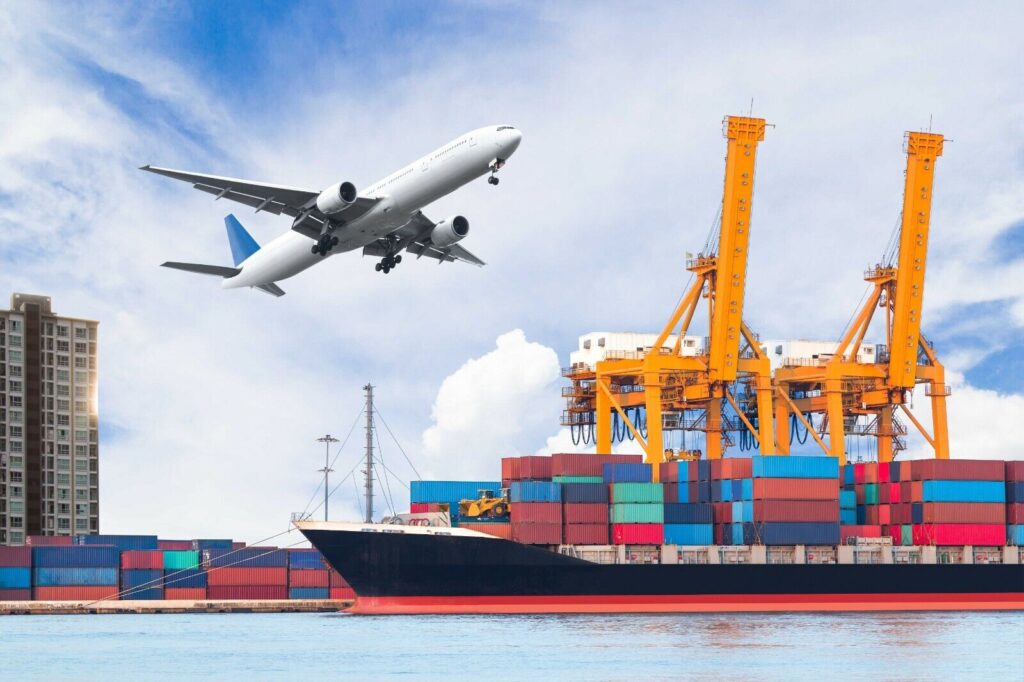
Understanding Hazmat Freight
Hazardous materials, often referred to as hazmat, are substances that pose a significant risk to health, safety, and the environment during transportation. These materials can be solids, liquids, or gases and are classified based on their potential hazards. The U.S. Department of Transportation (DOT) defines hazardous materials as those that could harm people, property, or the environment when improperly transported.
The classification of hazardous materials includes but is not limited to:
- Explosives: Materials that can detonate or explode under specific conditions.
- Flammable Liquids: Substances that can easily ignite, such as gasoline or certain chemicals.
- Toxic Substances: Materials that can cause harm or death through exposure or ingestion.
- Corrosive Materials: Substances that can destroy or damage other materials upon contact, including acids.
- Radioactive Materials: Items that emit radiation and can be harmful to living organisms.
Understanding the definition and classification of hazardous materials is crucial for businesses shipping such goods, especially when importing from countries like China to Japan.
Common Types of Hazmat Goods Shipped from China to Japan
When it comes to shipping hazardous materials, various categories are commonly transported from China to Japan. Some prevalent examples include:
| Type of Hazmat | Examples |
|---|---|
| Chemicals | Industrial solvents, pesticides |
| Battery Materials | Lithium-ion batteries, lead-acid batteries |
| Paints and Coatings | Oil-based paints, varnishes |
| Industrial Gases | Oxygen, acetylene, propane |
| Medical Waste | Infectious materials, sharps |
| Consumer Products | Aerosol sprays, certain cleaning agents |
The shipment of these products necessitates a thorough understanding of regulations and protocols to ensure safe and compliant transportation.
International Regulations Governing Hazmat Transportation
Transporting hazardous materials internationally is governed by several regulations designed to protect public health and safety. Key regulatory frameworks include:
- The United Nations Recommendations on the Transport of Dangerous Goods: This provides guidance on the classification and labeling of hazardous materials and establishes guidelines for their safe transport.
- The International Air Transport Association (IATA): Governs the air transport of hazardous materials, mandating strict compliance with packaging, labeling, and documentation requirements.
- The International Maritime Organization (IMO): Regulates the shipping of hazardous materials via sea under the International Maritime Dangerous Goods (IMDG) Code.
- Japan’s Hazardous Materials Regulations: Local regulations also apply and must be adhered to when transporting hazmat to Japan.
These regulations emphasize the importance of proper training and certification for handling such materials, as well as the need for meticulous documentation throughout the transportation process.
You may be interested in the following related articles:
- Shipping From China To Vietnam
- Shipping From China To South Korea
- Shipping From China To Philipines
- Shipping From China To Pakistan
- Shipping From China To Indonesia
- Shipping From China To Singapore
- Shipping From China To Thailand
- Shipping From China To Japan
- Shipping From China To Malaysia
Challenges in Hazmat Shipping from China to Japan
Strict Regulatory Compliance
One of the most significant challenges in hazmat shipping is ensuring strict compliance with both international and local regulations. Businesses must stay updated on any changes to these regulations, as non-compliance can lead to substantial fines, shipment delays, and legal repercussions. Companies must also ensure that their partners, including freight forwarders like Dantful International Logistics, understand these requirements to facilitate a seamless shipping process.
Documentation Requirements
Shipping hazardous materials requires extensive documentation to verify compliance with international regulations. Common documents include:
- Material Safety Data Sheets (MSDS): Provides detailed information on the properties of hazardous materials.
- Special Permits: Necessary for certain types of hazardous goods that require additional scrutiny.
- Transport Emergency Cards: Essential for providing first responders with the information they need in case of an incident.
Failure to provide the correct documentation can lead to delays, penalties, or refusal of entry into the destination country.
Packaging and Labeling Standards
Ensuring proper packaging and labeling standards for hazardous materials is essential for safety and compliance. Packaging must meet certain criteria to withstand potential hazards during transit. Key considerations include:
- Packaging Selection: Utilizing materials that are compatible with the substances being transported, ensuring they are durable and resistant to leaks or spills.
- Labeling Requirements: Properly labeling packages with hazard symbols, handling instructions, and emergency contact information. This is not only a legal requirement but also critical for the safety of all personnel handling the shipment.
Route Planning and Mode Selection
Selecting the correct route and mode of transportation is vital for optimizing the delivery of hazmat goods from China to Japan. Factors that must be considered include:
- Transportation Mode: Determining whether to use air freight, ocean freight, or ground transportation, each having different regulations and time frames associated with hazmat shipping.
- Route Selection: Avoiding areas with high population density or sensitive environmental zones where potential incidents could have severe consequences.
- Cost vs. Time: Balancing the need for speed with budget constraints, as hazmat shipments can incur higher costs due to specialized handling and insurance requirements.
Dantful International Logistics provides tailored solutions to address these challenges, ensuring a highly professional, cost-effective, and high-quality one-stop logistics service provider for global traders involved in hazmat shipping. With expertise in navigating the complexities of international shipping regulations, Dantful helps businesses successfully transport hazardous materials while maintaining compliance and safety standards.
Role of Specialized Hazmat Freight Forwarders
Expertise in Hazmat Regulations
Specialized hazmat freight forwarders possess an in-depth understanding of the complex and ever-evolving regulations governing the transportation of hazardous materials. Their expertise extends to international guidelines, such as those set by the United Nations, IATA, and IMO, as well as local regulations specific to the country of import. This knowledge is crucial for ensuring compliance and avoiding costly delays or fines. Freight forwarders like Dantful International Logistics stay updated on these regulations, providing clients with peace of mind and facilitating a smooth shipping experience.
Risk Assessment and Mitigation
A critical function of specialized hazmat freight forwarders is conducting thorough risk assessments. They evaluate potential hazards associated with specific materials and their transportation methods. This involves analyzing the characteristics of the hazardous material, potential environmental impacts, and the likelihood of incidents during transit. Based on this assessment, forwarders develop comprehensive mitigation strategies to minimize risks, such as using specific transportation routes, selecting appropriate modes of transport, and employing safety measures to protect personnel and the environment.
Proper Documentation Handling
Handling documentation for hazardous materials is intricate and must be performed meticulously to ensure compliance with regulatory requirements. Hazardous materials require numerous documents, including Material Safety Data Sheets (MSDS), transportation permits, and emergency response guides. Specialized freight forwarders ensure that all paperwork is accurately completed and submitted on time, significantly reducing the risk of shipment delays. They also maintain records for auditing purposes, which is vital for both legal compliance and operational transparency.
Coordination with Carriers and Customs Authorities
Effective coordination between multiple parties is essential in hazmat shipping. Specialized freight forwarders act as the central point of communication between carriers, customs authorities, and the shipper. They ensure that all parties are informed about the specifics of the shipment, including its nature, potential hazards, and necessary precautions. By facilitating communication and collaboration, forwarders help streamline the transportation process, reducing the potential for misunderstandings or delays at borders. This coordination is particularly vital in regions where customs rules for hazardous materials can vary significantly.
Dantful International Logistics stands out in the hazmat freight forwarding sector by providing integrated services that encompass all the aspects mentioned above. With a dedicated team of experts, Dantful ensures compliance, efficiently mitigates risks, and expertly handles documentation, making them a trusted partner for businesses dealing with hazardous materials.
Key Steps in Hazmat Freight Forwarding Process
Classification and Identification of Hazardous Materials
The initial step in the hazmat freight forwarding process is the classification and identification of hazardous materials. This involves determining the correct category of the material based on its properties and potential risks. Proper classification is vital as it dictates the regulations that will apply throughout the shipping process. Freight forwarders use standardized classifications outlined by international frameworks to ensure accurate identification and compliance with regulations.
Selecting Appropriate Packaging and Containment
Once the hazardous materials are classified, the next step is selecting suitable packaging and containment methods. The packaging must comply with regulatory standards and be specifically designed to withstand the hazards the material presents. This includes using leak-proof containers, proper cushioning to prevent damage, and ensuring that the packaging is clearly labeled with appropriate hazard signs and handling instructions. Specialized freight forwarders assist clients in selecting the most appropriate packaging solutions for their specific materials.
Preparing Required Documentation
Preparing the necessary documentation is a crucial step in the hazmat shipping process. This includes compiling and completing various documents such as:
- Material Safety Data Sheets (MSDS)
- Transport Emergency Cards
- Customs declarations
- Special permit applications
Each document must be accurately filled out to reflect the specifics of the shipment, ensuring compliance with all applicable regulations. Experienced freight forwarders streamline this process by providing templates and guidance on documentation requirements for different regions and materials.
Choosing Suitable Transportation Modes
Selecting the correct transportation mode is essential for effective hazmat shipping. Options include air freight, ocean freight, or ground transportation, each with distinct regulatory requirements and risk profiles. Hazardous materials may require specific modes due to factors like urgency, cost, and distance. Specialized freight forwarders analyze these factors and recommend the best transportation mode to meet the client’s needs while complying with safety regulations.
Customs Clearance Procedures
Navigating the customs clearance process for hazardous materials can be complex due to varying regulations in different countries. Freight forwarders play a pivotal role in ensuring that all customs requirements are met, including the submission of necessary paperwork and adherence to local laws. They liaise with customs authorities to facilitate the clearance process, helping to avoid delays and ensuring that shipments reach their destination promptly.
Dantful International Logistics excels in each of these key steps, providing a comprehensive approach to hazmat freight forwarding. Their team of experienced professionals is dedicated to ensuring safe, compliant, and efficient transportation of hazardous materials, making them an ideal partner for businesses involved in this complex field. Whether it’s handling documentation or navigating customs clearance, Dantful is committed to delivering high-quality services tailored to meet the unique needs of their clients in hazmat shipping.
Technology in Hazmat Freight Forwarding
Tracking and Monitoring Systems
The integration of tracking and monitoring systems has revolutionized the hazmat freight forwarding landscape. Advanced technologies such as GPS and RFID (Radio Frequency Identification) enable real-time monitoring of shipments, allowing shippers and freight forwarders to keep track of hazardous materials throughout their journey. These systems provide continuous updates on the location and condition of the shipment, ensuring that any deviations from the expected route or temperature fluctuations (in the case of temperature-sensitive materials) are immediately addressed.
Real-time tracking enhances accountability and transparency in the shipping process. It allows stakeholders to anticipate potential delays or issues, thereby improving operational efficiency. Moreover, tracking systems are invaluable for compliance with regulatory requirements, as they help produce documentation that demonstrates adherence to safety protocols during transportation.
Digital Documentation and E-Filing
The shift towards digital documentation and e-filing has significantly streamlined the hazmat shipping process. Traditional paper-based documentation can lead to inefficiencies, errors, and delays. By implementing digital platforms, shippers can create, share, and store crucial documents electronically, reducing the likelihood of paperwork being lost or damaged.
Digital systems facilitate faster processing of required documents such as Material Safety Data Sheets (MSDS), customs forms, and transport permits. Furthermore, e-filing systems often include automated error-checking features that help ensure all documentation meets regulatory standards before submission. This level of accuracy not only expedites the approval process but also enhances compliance, reducing the risk of fines or shipment delays.
Safety and Environmental Monitoring Systems
Safety and environmental monitoring systems are essential for ensuring the safe transport of hazardous materials. These systems monitor various parameters, including temperature, humidity, and pressure, which are critical for preserving the integrity of sensitive cargo. For instance, certain chemicals may be volatile and require specific environmental conditions to remain stable during transport.
Modern monitoring systems utilize IoT (Internet of Things) technology to provide continuous data collection and reporting. Alerts can be triggered when parameters exceed predetermined thresholds, allowing for immediate corrective actions. This proactive approach not only protects the cargo but also minimizes risks to human health and the environment. Compliance with environmental regulations is further facilitated by these monitoring systems, which provide valuable data for audits and regulatory reporting.
You may be interested in the following related articles:
- Finding the Best Freight Forwarder from China to Sudan
- The Ultimate Guide to Finding the Best Freight Forwarder from China to France
- Ultimate Guide to Sea Freight from China to South Africa: Costs, Routes, and Best Practices
- How to Choose the Best Shipping Agent from China to Canada
- The Ultimate Guide to Hazmat Freight Forwarder from China to Morocco
- Navigating Hazmat Freight Forwarding: Your Guide from China to Sri Lanka
Best Practices for Shippers
Proper Declaration of Goods
One of the most critical steps in hazmat shipping is the proper declaration of goods. Shippers must accurately describe the hazardous materials being transported, including their classification, quantity, and associated risks. Mislabeling or failing to declare hazardous materials can lead to severe penalties, shipment delays, and even legal repercussions. Utilizing specialized freight forwarders like Dantful International Logistics can help ensure that all declarations are completed correctly and comply with international and local regulations.
Adherence to Packaging Guidelines
Strict compliance with packaging guidelines is essential for the safe transport of hazardous materials. Regulations dictate specific packaging requirements tailored to different types of hazmat. For example, flammable liquids may require explosion-proof containers, while corrosive substances need to be contained in materials resistant to chemical interactions.
Shippers should familiarize themselves with the applicable packaging standards set forth by organizations such as the United Nations and the International Air Transport Association (IATA). Working closely with experienced freight forwarders ensures that goods are packaged correctly, minimizing the risk of leaks, spills, or accidents during transport.
Timely Communication with Freight Forwarders
Timely communication between shippers and their freight forwarders is critical for the successful transportation of hazardous materials. Regular updates regarding shipment status, potential delays, or changes in documentation requirements help maintain transparency and foster collaboration.
Shippers should proactively engage with their freight forwarders throughout the shipping process, addressing any questions or concerns as they arise. Establishing a strong line of communication enhances efficiency and reduces the likelihood of misunderstandings that could lead to compliance issues.
Dantful International Logistics exemplifies the importance of best practices in hazmat freight forwarding. With their commitment to proper documentation, adherence to safety standards, and technology-driven solutions, Dantful provides a robust framework for shippers looking to navigate the complexities of transporting hazardous materials efficiently and safely.
FAQs
1. What are hazardous materials (hazmat)?
Hazardous materials, or hazmat, are substances that can pose significant risks to health, safety, and the environment during transportation. They include solids, liquids, and gases classified based on their potential hazards, such as explosives, flammable liquids, toxic substances, corrosive materials, and radioactive materials.
2. What types of hazmat goods are commonly shipped from China to Japan?
Common types of hazmat shipped from China to Japan include:
- Chemicals (e.g., industrial solvents)
- Battery materials (e.g., lithium-ion batteries)
- Paints and coatings (e.g., oil-based paints)
- Industrial gases (e.g., oxygen)
- Medical waste (e.g., infectious materials)
- Consumer products (e.g., aerosol sprays)
3. What are the international regulations governing hazmat transportation?
Key regulations include:
- United Nations Recommendations on the Transport of Dangerous Goods
- International Air Transport Association (IATA) guidelines
- International Maritime Organization (IMO) regulations under the IMDG Code
- Specific local regulations in the destination country, such as Japan’s hazardous materials laws.
4. What are the challenges in shipping hazmat from China to Japan?
Challenges include:
- Ensuring strict regulatory compliance
- Comprehensive documentation requirements
- Adhering to packaging and labeling standards
- Selecting appropriate transportation routes and modes
5. How do specialized hazmat freight forwarders help in the shipping process?
Specialized hazmat freight forwarders, like Dantful International Logistics, offer:
- Expertise in hazmat regulations
- Conducting risk assessments and mitigation strategies
- Handling proper documentation and compliance
- Coordinating with carriers and customs authorities to streamline the shipping process.
6. What key steps are involved in hazmat freight forwarding?
Key steps include:
- Classification and identification of hazardous materials
- Selecting appropriate packaging and containment methods
- Preparing required documentation
- Choosing suitable transportation modes
- Navigating customs clearance procedures
7. How does technology enhance hazmat freight forwarding?
Technology improves hazmat shipping through:
- Tracking and monitoring systems for real-time shipment oversight
- Digital documentation and e-filing for efficient document management
- Safety and environmental monitoring systems to ensure compliance with safety protocols.

Young Chiu is a seasoned logistics expert with over 15 years of experience in international freight forwarding and supply chain management. As CEO of Dantful International Logistics, Young is dedicated to providing valuable insights and practical advice to businesses navigating the complexities of global shipping.
The other language versions of this article
- لماذا تحتاج إلى شركة شحن متخصصة في نقل المواد الخطرة من الصين إلى اليابان
- Waarom u een gespecialiseerde Hazmat-expediteur nodig hebt voor zendingen van China naar Japan
- Pourquoi avez-vous besoin d’un transitaire spécialisé dans les matières dangereuses pour les expéditions de la Chine vers le Japon
- Warum Sie für Transporte von China nach Japan einen spezialisierten Spediteur für Gefahrgut benötigen
- Perché hai bisogno di uno spedizioniere specializzato in merci pericolose per le spedizioni dalla Cina al Giappone
- Por qué necesita un transportista especializado en materiales peligrosos para envíos de China a Japón
- Por que você precisa de um despachante especializado em cargas perigosas para remessas da China para o Japão
- Почему вам нужен специализированный экспедитор по перевозке опасных грузов из Китая в Японию
- Çin’den Japonya’ya Gönderileriniz İçin Neden Uzmanlaşmış Bir Tehlikeli Madde Taşımacılığı Acentasına İhtiyacınız Var



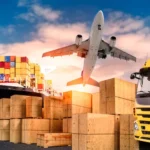
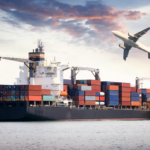
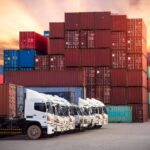
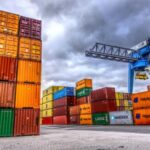
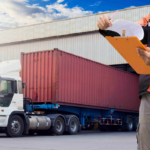



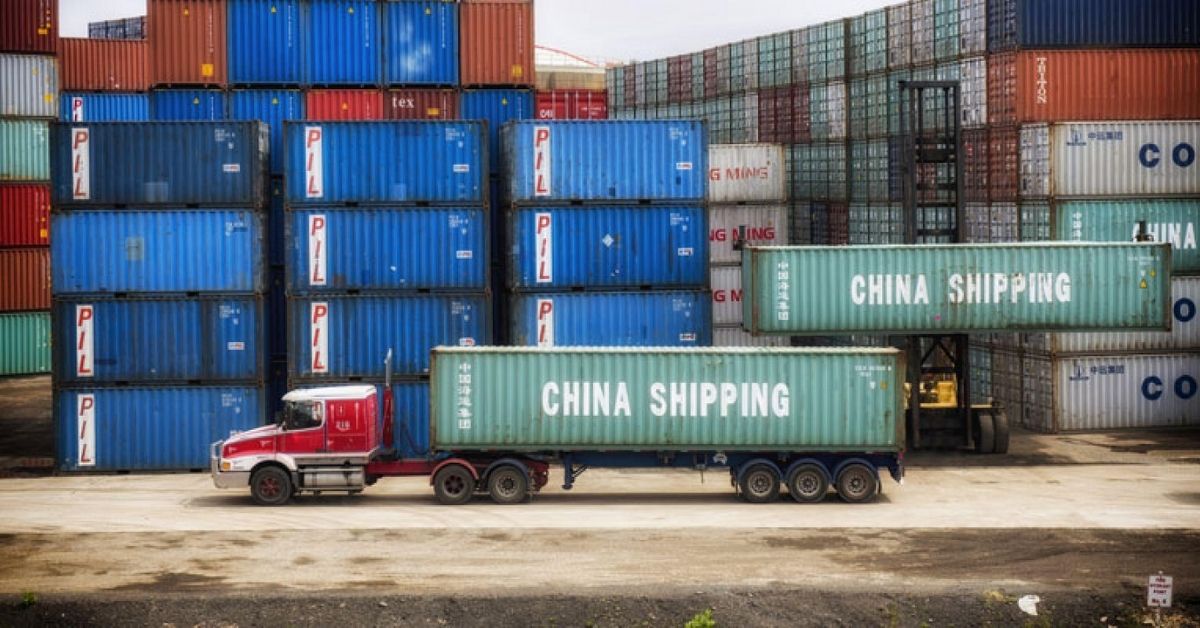
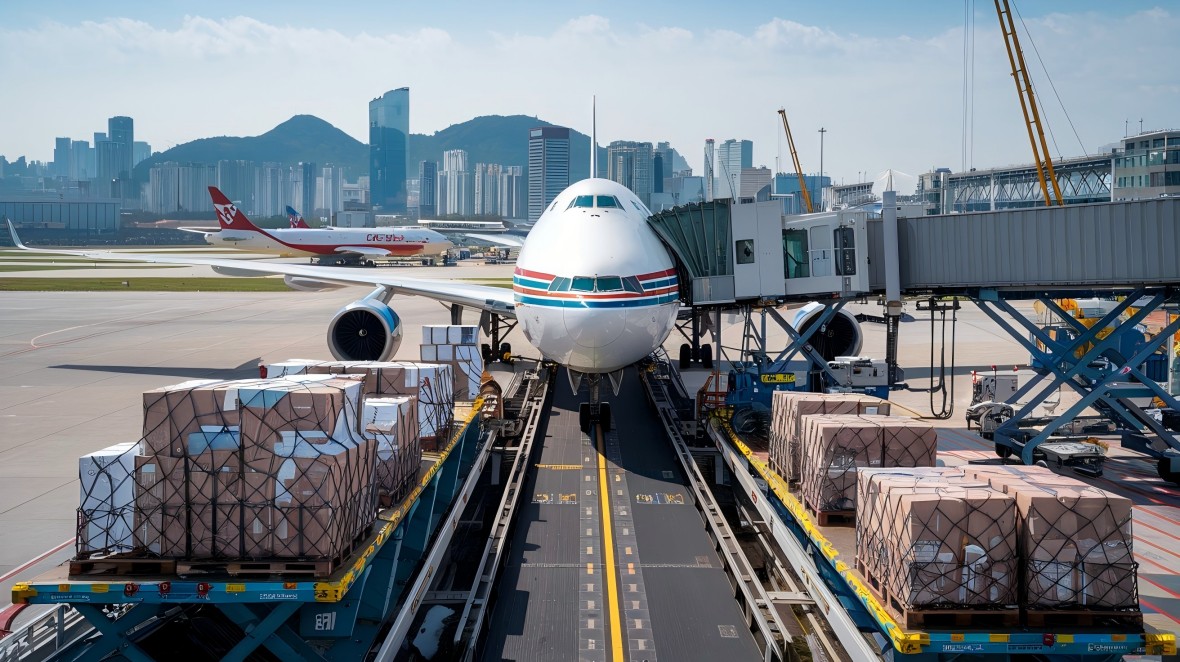
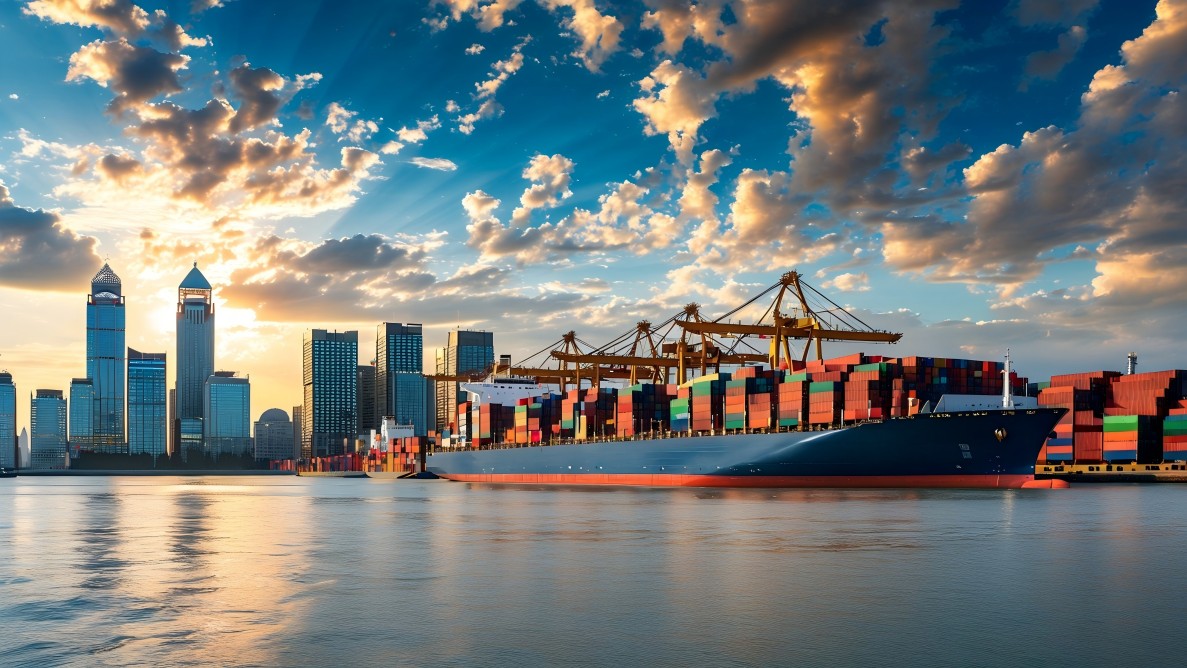
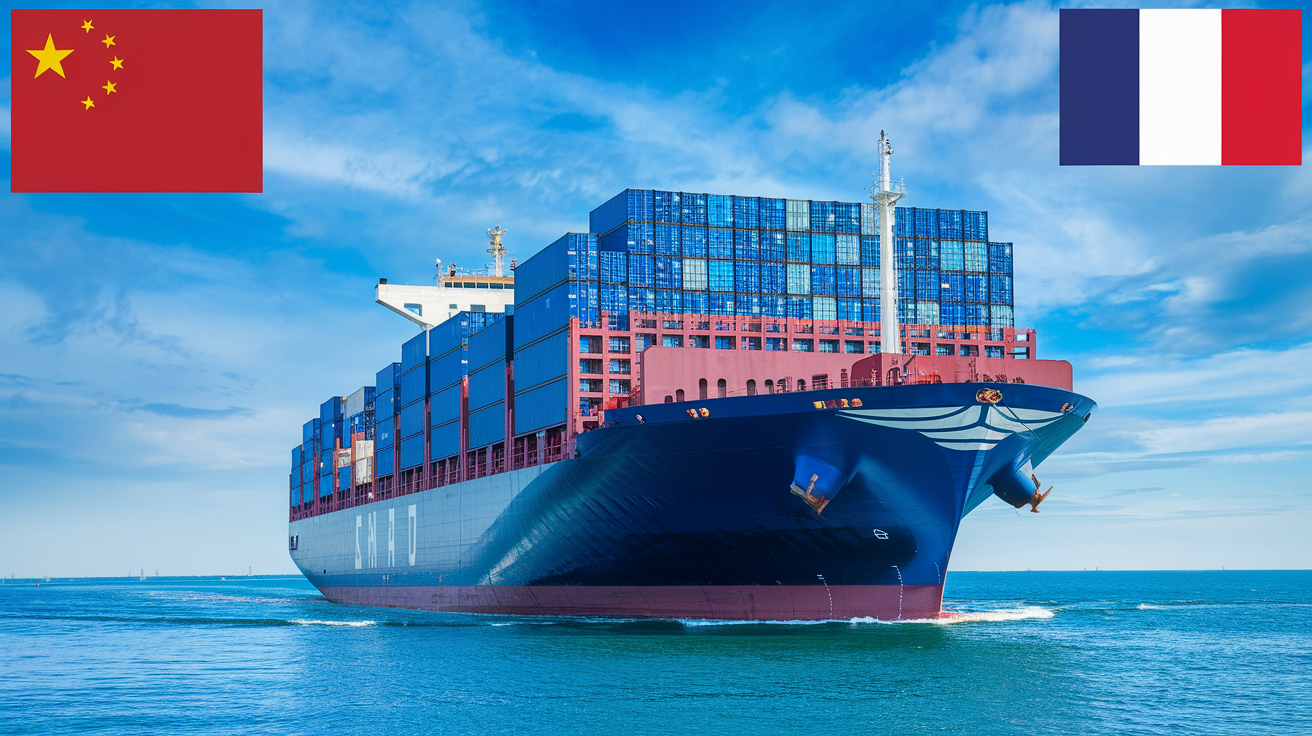
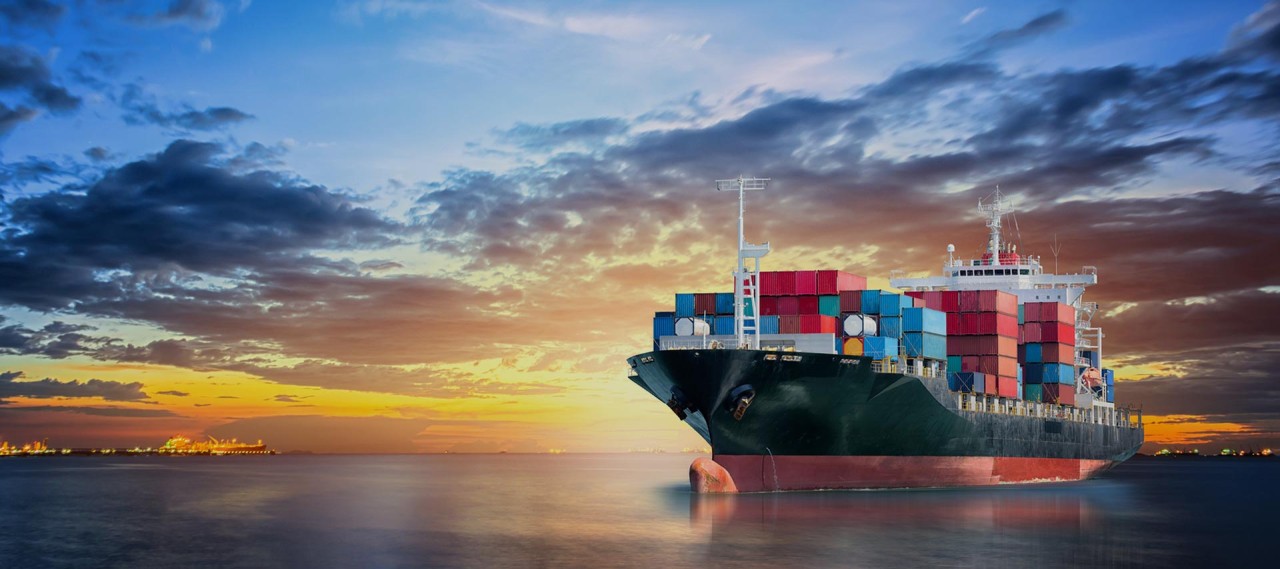





 Afrikaans
Afrikaans Shqip
Shqip አማርኛ
አማርኛ العربية
العربية Հայերեն
Հայերեն Azərbaycan dili
Azərbaycan dili Euskara
Euskara Беларуская мова
Беларуская мова বাংলা
বাংলা Bosanski
Bosanski Български
Български Català
Català Cebuano
Cebuano Chichewa
Chichewa 简体中文
简体中文 繁體中文
繁體中文 Corsu
Corsu Hrvatski
Hrvatski Čeština
Čeština Dansk
Dansk Nederlands
Nederlands English
English Esperanto
Esperanto Eesti
Eesti Filipino
Filipino Suomi
Suomi Français
Français Galego
Galego ქართული
ქართული Deutsch
Deutsch Ελληνικά
Ελληνικά Kreyol ayisyen
Kreyol ayisyen Harshen Hausa
Harshen Hausa Ōlelo Hawaiʻi
Ōlelo Hawaiʻi עִבְרִית
עִבְרִית हिन्दी
हिन्दी Hmong
Hmong Magyar
Magyar Íslenska
Íslenska Igbo
Igbo Bahasa Indonesia
Bahasa Indonesia Gaeilge
Gaeilge Italiano
Italiano 日本語
日本語 Basa Jawa
Basa Jawa ಕನ್ನಡ
ಕನ್ನಡ Қазақ тілі
Қазақ тілі ភាសាខ្មែរ
ភាសាខ្មែរ 한국어
한국어 كوردی
كوردی Кыргызча
Кыргызча ພາສາລາວ
ພາສາລາວ Latin
Latin Latviešu valoda
Latviešu valoda Lietuvių kalba
Lietuvių kalba Lëtzebuergesch
Lëtzebuergesch Македонски јазик
Македонски јазик Malagasy
Malagasy Bahasa Melayu
Bahasa Melayu മലയാളം
മലയാളം Maltese
Maltese Te Reo Māori
Te Reo Māori मराठी
मराठी Монгол
Монгол ဗမာစာ
ဗမာစာ नेपाली
नेपाली Norsk bokmål
Norsk bokmål پښتو
پښتو فارسی
فارسی Polski
Polski Português
Português ਪੰਜਾਬੀ
ਪੰਜਾਬੀ Română
Română Русский
Русский Samoan
Samoan Gàidhlig
Gàidhlig Српски језик
Српски језик Sesotho
Sesotho Shona
Shona سنڌي
سنڌي සිංහල
සිංහල Slovenčina
Slovenčina Slovenščina
Slovenščina Afsoomaali
Afsoomaali Español
Español Basa Sunda
Basa Sunda Kiswahili
Kiswahili Svenska
Svenska Тоҷикӣ
Тоҷикӣ தமிழ்
தமிழ் తెలుగు
తెలుగు ไทย
ไทย Türkçe
Türkçe Українська
Українська اردو
اردو O‘zbekcha
O‘zbekcha Tiếng Việt
Tiếng Việt Cymraeg
Cymraeg יידיש
יידיש Yorùbá
Yorùbá Zulu
Zulu